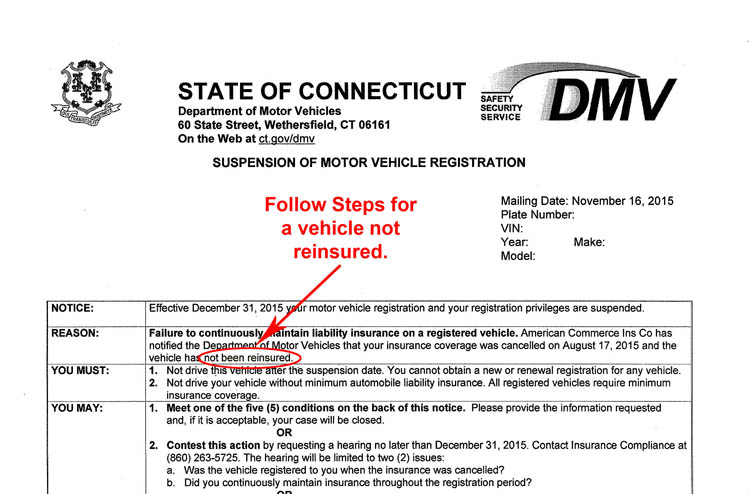How to Lubricate Seat Belt
Did you know that your seat belt needs to be lubricated? It’s true! Seat belts are essential to a safe driving experience, but over time, they can become stiff and difficult to operate. Fortunately, there’s an easy way to lubricate and keep them functioning properly.
If you don’t lubricate your seat belt, it can become rusty and difficult to use. In this guide, I’ll explain how to do so and discuss some of the benefits of doing so.
What can happen if you don’t lubricate your seat belt
It can become stiff and difficult to operate if you don’t lubricate your seat belt. The webbing can also become frayed and weakened, reducing its strength and effectiveness in an accident.
In addition, the metal components of the seat belt (buckle, tongue, and retractor) can rust, degrading them over time and eventually causing the belt to fail.
Lubricating your seat belt can keep it functioning properly for years. It will help the metal components move smoothly, prevent rusting, and keep the webbing strong and supple.
The types of lubricants to be used
A silicone-based spray is the best type of lubricant for a seat belt. This type of lubricant will not attract dust or dirt and will not evaporate quickly. Some other types of lubricants can be used, but they may not be as effective or long-lasting.
Many people use WD-40 to lubricate their seat belts, but this is not the best option. WD-40 is a petroleum-based product that can damage the seat belt over time. It’s also not very effective at lubricating metal parts, so it’s not the best choice for lubricating a seat belt.
How to Lubricate Seat Belt
There are a few different ways you can lubricate your seat belt.
To lubricate your seat belt, simply spray or apply the lubricant to the moving parts (the tongue, buckle, and retractor). Avoid getting any lubricant on the webbing, as this can cause it to degrade.
Once you’ve applied the lubricant, work the seat belt back and forth to distribute it evenly. To keep the seat belt in top condition, you may need to repeat this process every few months.
Benefits of lubricating your seat belt
Lubricating your seat belt can keep it functioning properly for years. It will help the metal components move smoothly and prevent rusting while keeping the webbing strong and supple.
In addition, lubricating your seat belt can make it easier to use, which can increase the likelihood of using it properly in an accident.
Finally, keeping your seat belt in decent condition can extend its lifespan and save you money in the long run.
It can become difficult to operate if you don’t lubricate your seat belt. The belt may become stuck or jammed, making it hard to get in and out of your car. Additionally, the seat belt may not work properly in an accident, which could lead to serious injuries.
Precautions to be taken while lubricating a seat belt
There are a few things you need to keep in mind when lubricating your seat belt. First, only use a silicone-based lubricant. This type of lubricant won’t attract dust or dirt, and it won’t evaporate quickly.
Second, avoid getting any lubricant on the webbing. This can cause the webbing to degrade over time.
Third, work the seat belt back and forth to distribute the lubricant evenly. Otherwise, the seat belt may not work properly in an accident.
Finally, Repeat this process every few months to keep the seat belt in good condition.
Following these simple steps, you can keep your seat belt in good working order for years. Lubricating your seat belt is an easy way to maintain its function and extend lifespan.
Frequently Asked Questions
Q: What type of lubricant should I use on my seat belt?
A: A silicone-based spray is the best type of lubricant for a seat belt. This type of lubricant will not attract dust or dirt and will not evaporate quickly. Some other types of lubricants can be used, but they may not be as effective or long-lasting.
Q: How often should I lubricate my seat belt?
A: You should lubricate your seat belt twice yearly to keep it in good condition.
Q: What are the benefits of lubricating my seat belt?
A: Lubricating your seat belt can keep it functioning properly for years to come. It will help the metal components move smoothly and prevent rusting, and it can also make it easier to use.
Q: What happens if I don’t lubricate my seat belt?
A: It can become difficult to operate if you don’t lubricate your seat belt. The belt may become stuck or jammed, making it hard to get in and out of your car.
Q: How do I know if my seat belt needs lubrication?
A: If your seat belt is beginning to squeak or stick, it may need lubrication. You should also lubricate your seat belt every 6-7 months to keep it in good condition.
Q: What else can I do to maintain my seat belt?
A: In addition to regularly lubricating your seat belt, you should inspect it for damage. You should replace the seat belt if you see any fraying or wear and tear. Additionally, you should avoid storing objects on or near the seat belt, which can cause damage.
Final Words
Lubricating your seat belt is a simple and easy way to keep it in good condition. Regularly lubricating your seat belt can extend its lifespan and ensure it will work properly. Always use a silicone-based lubricant and avoid getting any on the webbing. Follow these steps every 6 months to keep your seat belt in good working order.
This concludes our article on how to lubricate your seat belt. Thanks for reading!







